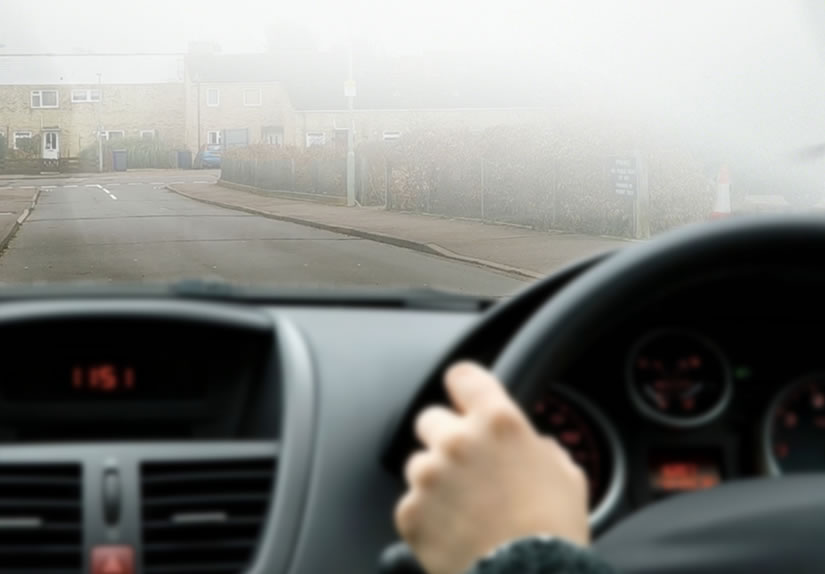An important car auxiliary control you’ll need to learn early on as you begin learning to drive are the front and rear windscreen demisters. You’ll need to use the demister controls when condensation or ice forms on your front windscreen, rear windscreen or front side windows.
Having a clear, all-round view of your surroundings while driving is not only essential for safety reasons, it’s also a legal obligation. Drivers (including learners) may receive penalty points on their licence along with a fine if caught driving a vehicle where their visibility is obscured due to insufficiently clear windows.
Windows mist up due to difference in temperature between the inside and outside of the car. Fogging of the windows commonly occurs when getting into your car first thing on a winters morning, but can also occur whilst on the move, particularly when it starts raining.
You’ll need to know where the defrost / demist controls are and what settings you need whilst on the move as you may be asked to demonstrate this during your driving test.
Where Are the Demisting Controls?
The climate control, heating and air conditioning controls are almost always located on the car’s centre console, accessible to both driver and front passenger.
The way in which you operate the system may vary from touch screen buttons, sliders or dials – it all depends on the car. Symbols are printed on the controls so that users know which settings to select. These symbols are typically the same in all cars.
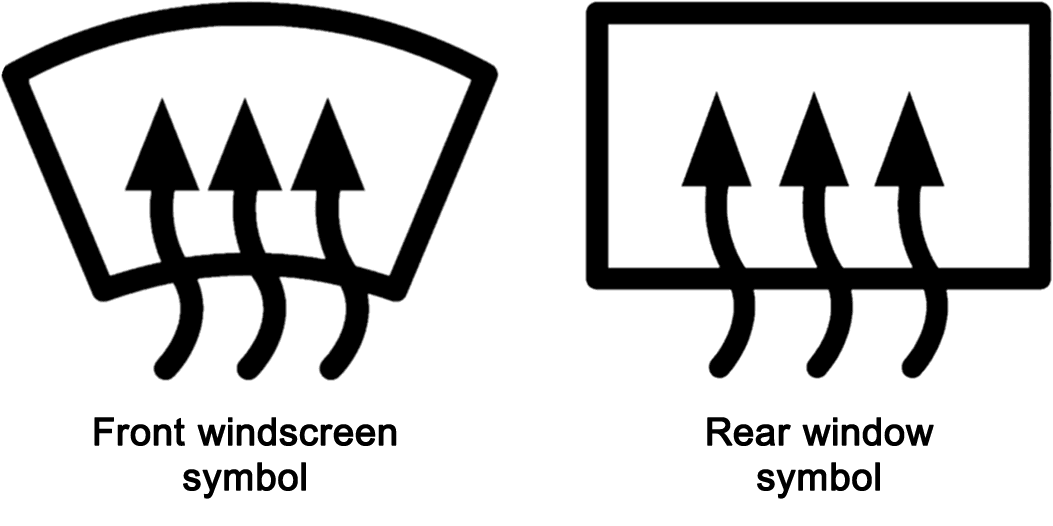
Demisting the Front Windscreen
Front windscreens can fog up quickly, so for the quickest results, do the following:
- Set the fan speed to maximum
- Turn the heat up high
- Select the front windscreen frost setting
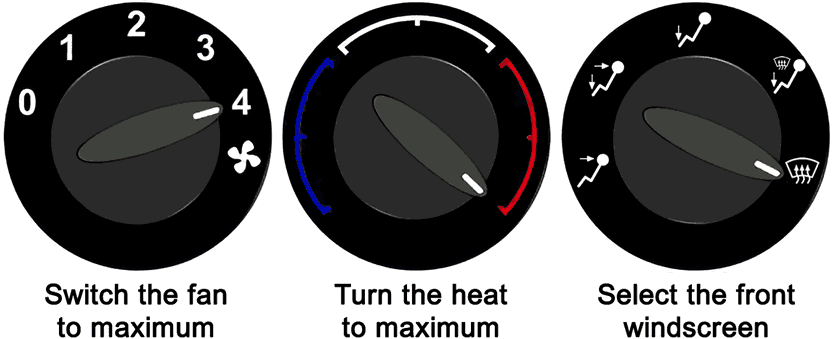
As the condensation evaporates, you can then turn the fan speed and heating down to a lower level. To help speed up demisting, slightly opening your window often helps.
Dedicated Defrost Button
To save having to adjust the vehicle’s climate control settings, some cars have a dedicated front windscreen demist / defrost button. Pressing this button turns up the heat and fan speed and focuses airflow to the windscreen and front door windows.
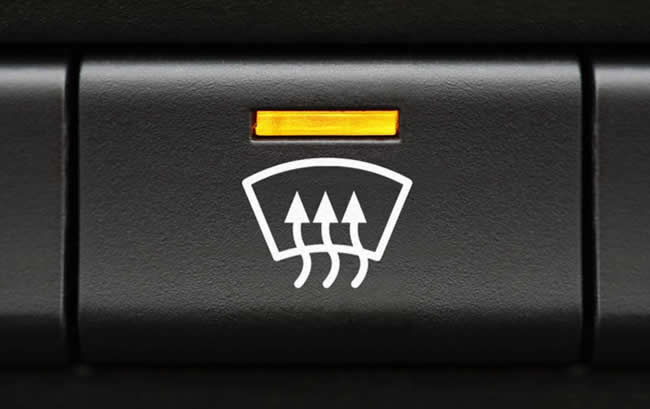
Look for a button of the front windscreen symbol. The symbol may also have the word ‘Front’ or ‘Defrost’ on it. This button can be pressed to defrost the windscreen in the morning or to demist while driving.
Rear Window Demist Button
All cars have a rear window demist / defrost function. The system uses a horizontal wire element grid that heat up to evaporate condensation or melt ice. Do not scrape or scratch the inside of the rear window. This may result in damage to the rear window defroster grid.
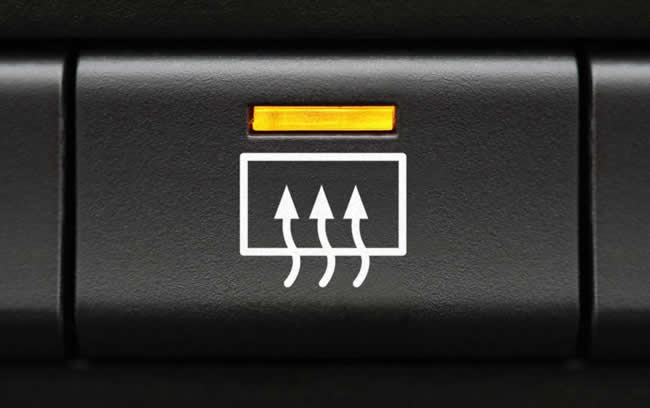
Look for a button of the rear window symbol. The symbol may also have the word ‘Rear’ on it. This button can be pressed to defrost the rear window in the morning or to demist while driving. Any additional electrical load in your car uses more fuel and as such, the rear window defrost function automatically switches off after a period.
Front Windows
You also need to ensure you have clear vision through both the driver’s door window and the front passenger window. Selecting the front windscreen / frost setting often sends some of the airflow to the driver and passenger door windows, but it may not be enough to clear them.
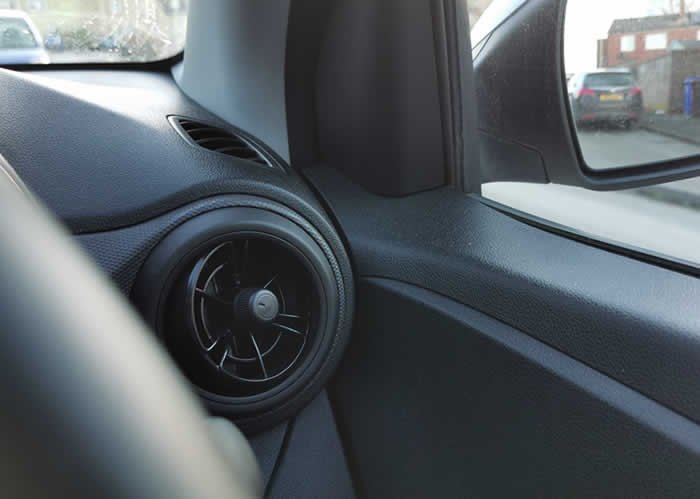
As part of your car’s heating system, you’ll have side vents that you can direct additional airflow onto the driver’s door window. This will help to keep your window clear of condensation as you drive. Ask your passenger to do the same with the vent on their side. If condensation is quickly building and your vision is becoming obscured out of the front door windows, opening and closing both door windows will quickly remove condensation.
Demisting Windows by Hand
If in the morning you can’t wait for your car’s heating system to demist the windows, a clean, dry microfibre cloth works very well. Microfibre cloth’s soak up condensation and don’t leave smears, even without using additional glass cleaner.
